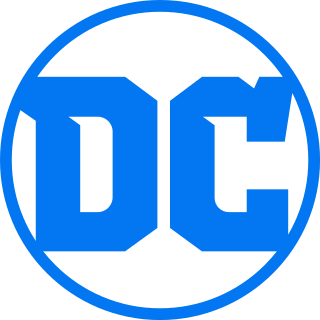
DC Comics, Inc. is an American comic book publisher and the flagship unit of DC Entertainment, a subsidiary of Warner Bros. Discovery. DC is an initialism for "Detective Comics", an American comic book series first published in 1937.
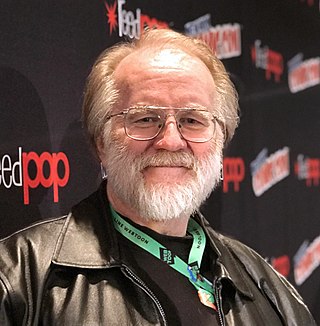
John Lindley Byrne is a British-born American writer and artist of superhero comics. Since the mid-1970s, Byrne has worked on many major superheroes; with noted work on Marvel Comics's X-Men and Fantastic Four. Byrne also facilitated the 1986 relaunch of DC Comics's Superman franchise with the limited series The Man of Steel, the first issue of which featured the comics' first variant cover.
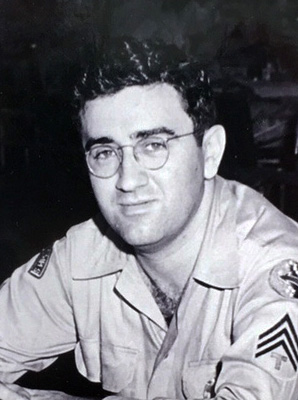
Jerome Siegel was an American comic book writer. He is the co-creator of Superman, in collaboration with his friend Joe Shuster, published by DC Comics. They also created Doctor Occult, who was later featured in The Books of Magic. Siegel and Shuster were inducted into the comic book industry's Will Eisner Comic Book Hall of Fame in 1992 and the Jack Kirby Hall of Fame in 1993. With Bernard Baily, Siegel also co-created the long-running DC character The Spectre. Siegel created ten of the earliest members of the Legion of Super-Heroes, one of DC's most popular team books, which is set in the 30th Century. Siegel also used pseudonyms including Joe Carter and Jerry Ess.

An American comic book is a thin periodical originating in the United States, on average 32 pages, containing comics. While the form originated in 1933, American comic books first gained popularity after the 1938 publication of Action Comics, which included the debut of the superhero Superman. This was followed by a superhero boom that lasted until the end of World War II. After the war, while superheroes were marginalized, the comic book industry rapidly expanded and genres such as horror, crime, science fiction and romance became popular. The 1950s saw a gradual decline, due to a shift away from print media in the wake of television and the impact of the Comics Code Authority. The late 1950s and the 1960s saw a superhero revival and superheroes remained the dominant character archetype throughout the late 20th century into the 21st century.

Stephen Ross Gerber was an American comic book writer and creator of the satiric Marvel Comics character Howard the Duck. Other works include Man-Thing, Omega the Unknown,Marvel Spotlight: "Son of Satan", The Defenders,Marvel Presents: "Guardians of the Galaxy", Daredevil and Foolkiller. Gerber often included lengthy text pages in the midst of comic book stories, such as in his graphic novel, Stewart the Rat. Gerber was posthumously inducted into the Will Eisner Comic Book Hall of Fame in 2010.
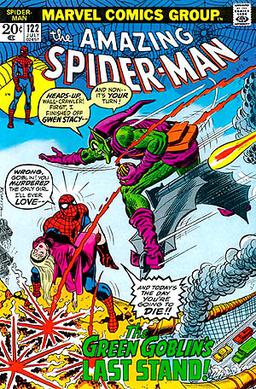
The Bronze Age of Comic Books is an informal name for a period in the history of American superhero comic books, usually said to run from 1970 to 1985. It follows the Silver Age of Comic Books and is followed by the Modern Age of Comic Books.

Otto Oscar Binder was an American author of science fiction and non-fiction books and stories, and comic books. He is best known as the co-creator of Supergirl and for his many scripts for Captain Marvel Adventures and other stories involving the entire superhero Marvel Family. He was prolific in the comic book field and is credited with writing over 4,400 stories across a variety of publishers under his own name, as well as more than 160 stories under the pen-name Eando Binder.
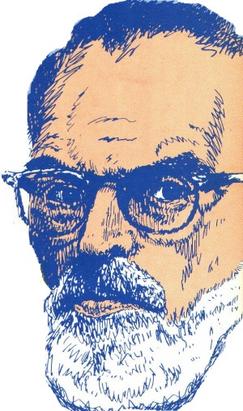
Sheldon Mayer was an American comics artist, writer, and editor. One of the earliest employees of Major Malcolm Wheeler-Nicholson's National Allied Publications, Mayer produced almost all of his comics work for the company that would become known as DC Comics.

George D. Klein was an American comic book artist and cartoonist whose career stretched from the 1930s and 1940s' Golden Age of comic books until his death in 1969. He was best known as an inker for DC Comics, where he was an integral part of the Superman family of titles from 1955 to 1968, and for Marvel Comics, where he was the generally recognized, uncredited inker on Jack Kirby's pencil art for the landmark comic book The Fantastic Four #1.
"Charles Nicholas" is the pseudonymous house name of three early creators of American comic books for the Fox Feature Syndicate and Fox Comics: Chuck Cuidera (1915–2001), Jack Kirby (1917–1994), and Charles Wojtkoski (1921–1985). The name originated at Eisner & Iger, one of the first comic book packagers that created comics on demand for publishers entering the new medium during the 1930s–1940s Golden Age of comic books. The three creators are listed in order of birth year, below.
Jack Burnley was the pen name of Hardin J. Burnley, an American comic book artist and illustrator. Burnley was the first artist, after co-creator Joe Shuster, to draw Superman in comic books.
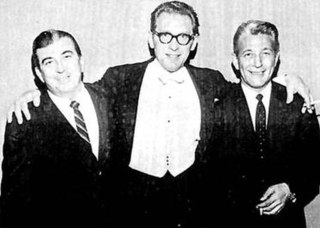
Robert Bernstein, sometimes credited as R. Berns, was an American comic book writer, playwright and concert impresario, notable as the founder of the Island Concert Hall recital series which ran for 15 years on Long Island.

Magazine Enterprises was an American comic book company lasting from 1943 to 1958, which published primarily Western, humor, crime, adventure, and children's comics, with virtually no superheroes. It was founded by Vin Sullivan, an editor at Columbia Comics and before that the editor at National Allied Publications, the future DC Comics.
Frederick B. Guardineer was an American illustrator and comic book writer-artist best known for his work in the 1930s and 1940s during what historians and fans call the Golden Age of Comic Books, and for his 1950s art on the Western comic-book series The Durango Kid.
William Bryan Dubay, also known by the pseudonyms Will Richardson, and Dube, was an American comic-book editor, writer and artist best known as editor and writer for Warren Publishing, including that company's horror-comics magazines Creepy, Eerie and Vampirella.

Superhero fiction is a subgenre of speculative fiction examining the adventures, personalities and ethics of costumed crime fighters known as superheroes, who often possess superhuman powers and battle similarly powered criminals known as supervillains. The genre primarily falls between hard fantasy and soft science fiction in the spectrum of scientific realism. It is most commonly associated with American comic books, though it has expanded into other media through adaptations and original works.
Bernard Baily was an American comic book artist best known as co-creator of the DC Comics characters the Spectre and Hourman, and a comics publisher, writer, and editor.

Frederick Whitney Ellsworth was an American comic book editor and sometime writer and artist for DC Comics during the period known to historians and fans as the Golden Age of Comic Books. He was also DC's "movie studio contact", becoming both a producer and story editor on the TV series The Adventures of Superman.
John Leonard Goldwater co-founded MLJ Comics, and served as editor and co-publisher for many years. In the mid-1950s he was a key proponent and custodian of the comic book censorship guidelines known as the Comics Code Authority.













